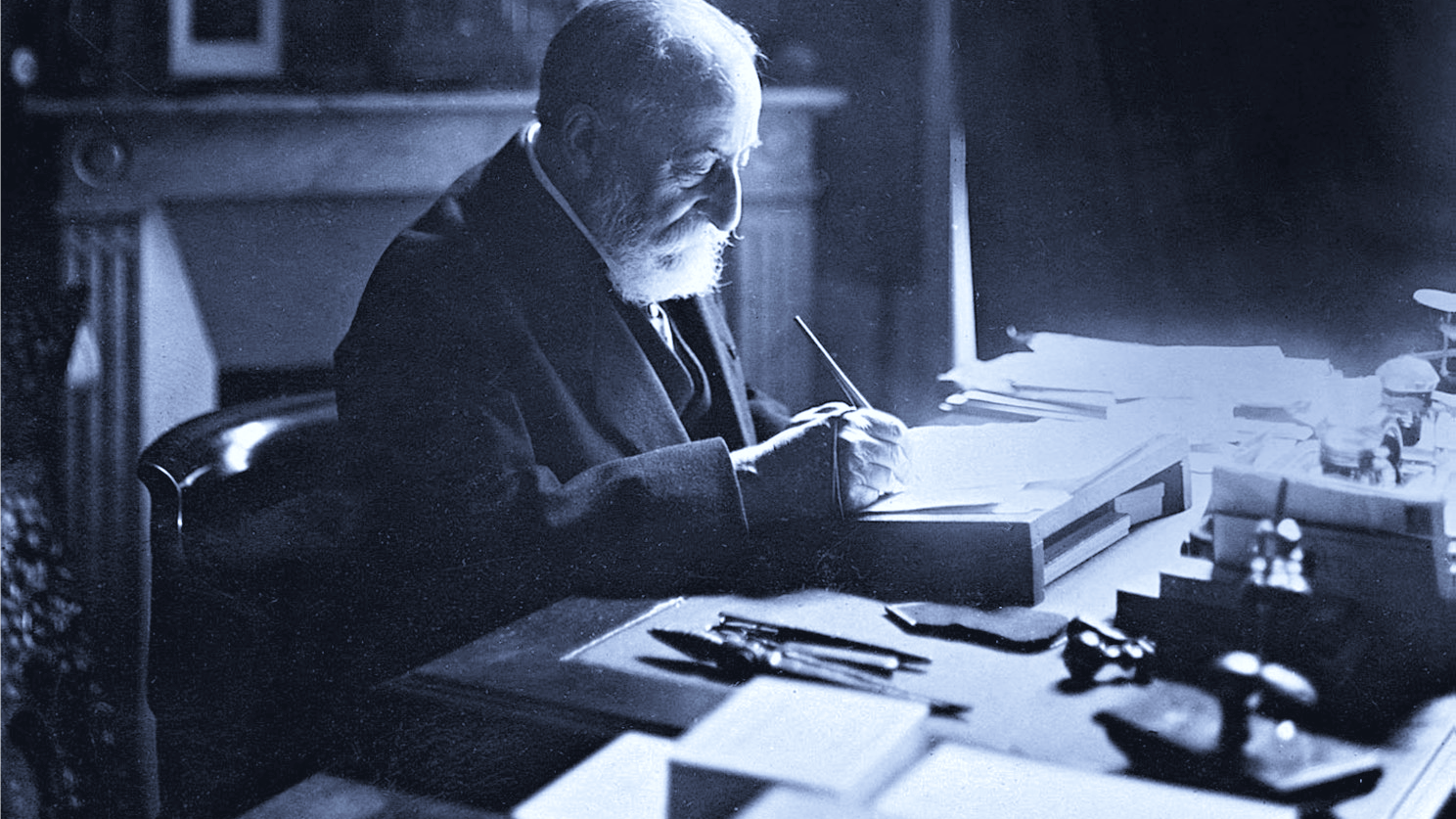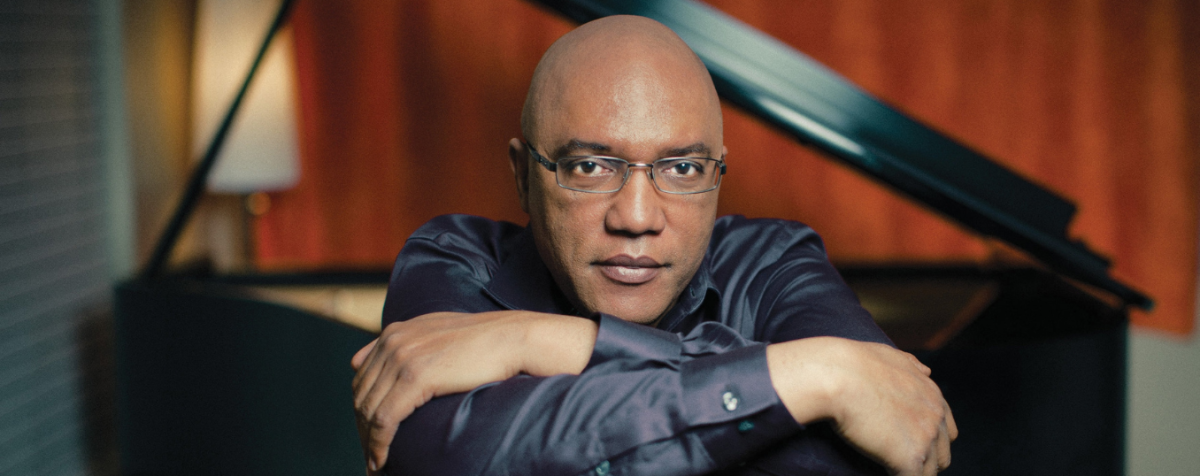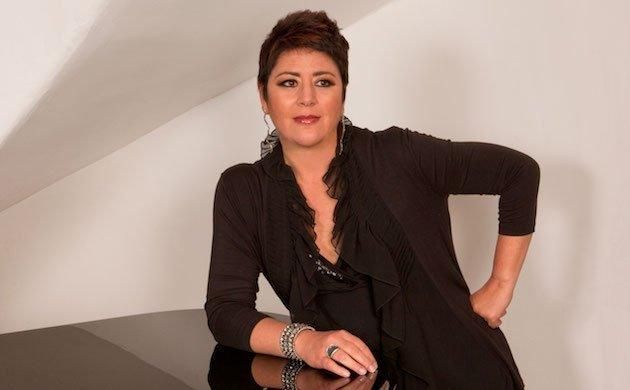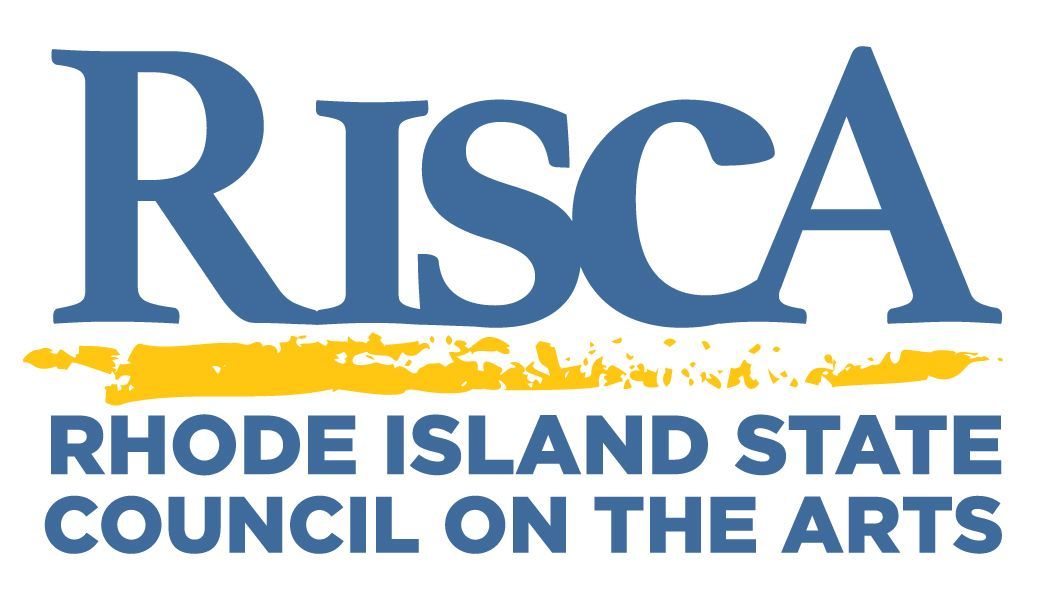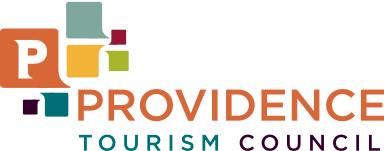THE STORY BEHIND: Britten's Violin Concerto No.1
Share
On April 15, conductor Sascha Goetzel and the Rhode Island Philharmonic Orchestra will present THE RITE OF SPRING with violinist James Ehnes.
Title:
Violin Concerto No.1, op.15
Composer: Benjamin Britten (1913-1976)
Last time performed by the Rhode Island Philharmonic:
This is a RI Philharmonic Orchestra premiere. In addition to a solo violin, this piece is scored for two flutes, piccolo, oboe, English horn, two clarinets, two bassoons, four horns, three trumpets, three trombones, tuba, timpani, percussion, harp and strings.
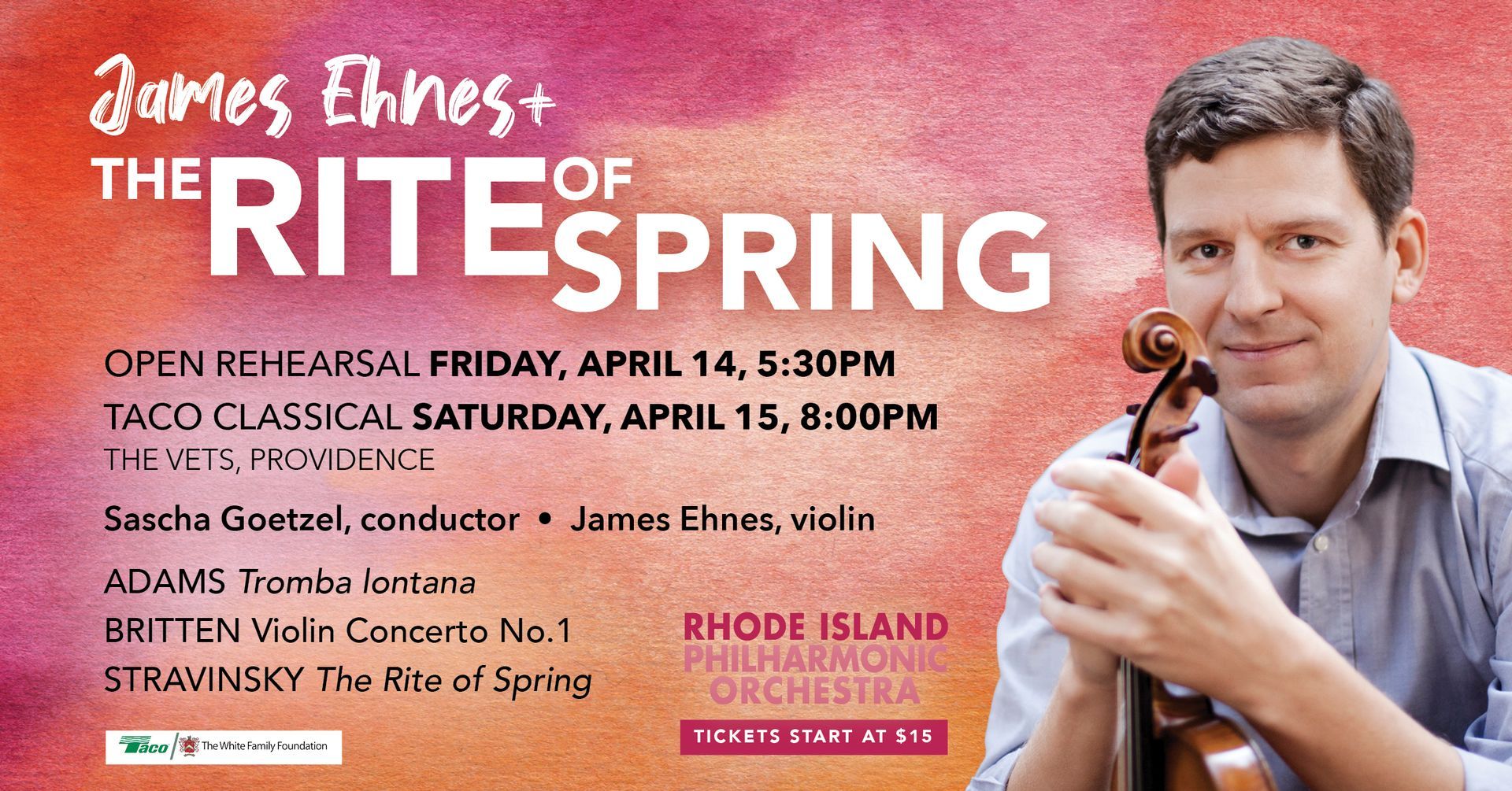
The Story:
From an early age, Benjamin Britten knew he was a composer. He made his first attempt at composition at age five. This delighted his mother, who gave Benjamin lessons in piano and music notation. While attending school, he wrote music in his spare time. (Later in life he combined these ditties in his
Simple Symphony.) In 1924, Britten attended a concert in which British Composer Frank Bridge conducted his own symphonic poem,
The Sea. The teenage Benjamin was “knocked sideways” (his own words) by it. The following year Britten met Bridge and showed him some of his compositions. Bridge was interested in taking on Britten as a student, so the boy arranged to make weekly day-trips to London for composition lessons. Bridge emphasized the
craft of composing, and taught him the maxim that “you should find yourself and be true to what you have found.”
In 1930, Britten won a composition scholarship at the Royal College of Music in London. (His interviewers included composers John Ireland and Ralph Vaughan Williams.) Britten studied at the RCM from 1930 to 1933, winning several prizes along the way, but also continuing studies with Bridge. Britten’s music, for example his
Sinfonietta, Op. 1 (1932), now began to attract attention. In 1935, he began work at the BBC, composing music chiefly for documentary films. This led to his writing more than 40 scores for radio, movies, and theater between 1935 and 1938.
During 1938-1939, Britten composed his First Violin Concerto. It was premiered in New York City in March 1940. The soloist was Antonio Brosa with the New York Philharmonic Orchestra, John Barbirolli conducting. Although Britten later composed a Second Violin Concerto, he made some revisions to the First during the 1950s, and it has become the more popular work.
A timpani solo introduces the concerto, and the strings soon fill in. The violin soloist presents a lyrical solo against a somewhat anxious mood in the orchestra. However, all come together to present a new theme—brightly rhythmic and cheerful. Now new ideas flow out, giving the soloist ample space for elaboration and commentary. A short, spirited dialogue results before the soloist presents a development based on snippets of established ideas. The soloist then plays a
pizzicato
accompaniment to the orchestral strings, as they perform a log-breathed restatement of an earlier lyrical theme, now creating a serenade mood. The soloist answers with a high-pitched, serenading commentary to conclude the movement.
The soloist plus string section introduce the second movement, marked
Vivace. The solo violin now dialogues with various parts of the orchestra, building a musical structure phrase by extended phrase. All finally come together as a springboard for the orchestra to build up a new, extended, energetic melody. At its climax the soloist begins a give-and-take commentary with the orchestra. An unusual brief interchange between the high-pitched solo violin and bass-range tuba invites the rest of the orchestra to join delicately with the soloist. Leading to galloping-style rhythms, the full ensemble prepares for the soloist to perform an extended unaccompanied cadenza. This includes passages where the soloist plays bowed phrases and simultaneously plucks a light accompaniment on lower strings with the left hand.
This leads seamlessly to the concerto’s finale, marked
Passacaglia: lento (un poco meno mosso) [Variations on a repeated bass melody: slow (a little slower)]. It begins with the trombone section quietly introducing the bass melody, while the soloist plays on, having forecast the Passacaglia’s theme melody: an ascending and descending scale. The soloist rests while the string section repeats the melody. Overlapping, the brass now re-states the theme while the strings play counterpoint. As the soloist enters, the string section quietly restates the theme. Gradually, different sections of the orchestra come to the fore, supporting the soloist, who now performs freely. In this continual unfolding, the soloist sometimes plays the theme (or fragments of it), often in offset counterpoint to orchestral instruments. Little by little, the solo violin presents more virtuosic melodic lines and special effects, finally taking full spotlight supported by the French horns. Following a sizeable variation for full orchestra, the soloist rejoins, and the music’s texture and mood become more gentle. A sweetness now pervades the music as the solo violin continues to lead the supportive orchestra in an intimate finish to a deeply felt concerto.
Program Notes by Dr. Michael Fink © 2023 ALL RIGHTS RESERVED
Tickets start at $15! Click HERE or call 401-248-7000 to purchase today!
